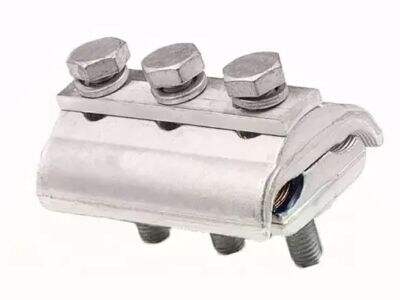Common Installation Mistakes for Tension Clampsand How to Avoid Them
Tension clamps, you’d think that they’d be easy to install but there are a few simple mistakes that you can make that will set things right back to wrong. How you install them also matters greatly, and the emphasis should be kept on getting it right the first time. Here are some common tension clamp installation errors and how you can avoid them.One of the most fundamental aspects to keep in mind when fitting tension clamps is ensuring correct alignment. If the clamp is not properly angled, there is the possibility that it could be unable to grip the wire or cable firmly. Ensure that the clamp is orientated correctly before tightening and that all the items are correctly located.
Limitations of the Tension Clamp System
The third common error in installing tension clamps is simply not knowing when to say when. tension clamp are made to be able to support a certain weight of a piece on the clamp, so one must do an overloading of a clamp. An attempt to use a tension clamp in excess of its design specification may fail, with possible damage to the wire or cable that it carries.Precautions for Over-tightening Over tightening tension clamps is something you don't want to happen. A clamp should not be over-tightened because that could lead to an auricle/vessel/cable injury and weaken the clamp. Never tighten the clamp more than the manufacturer’s instructions and you’ll know when it’s time to stop – when it starts to resist.
Ensuring Proper Distribution of Pressure
When installing tension clamps, remember that the pressure should be even. Where pressure is not uniform, the pg clamps can fail to hold wires or cables properly. Be sure pressure is uniform over the face of the clamp to prevent troubles.
The Importance of Periodic Inspection in Preventing Failures
Even if you have installed tension clamps properly, regular maintenance is necessary to rule out failures. Regularly check the anchor clamp to ensure they remain tight and keep the wires or cables in place. If you see any signs of wear or damage, replace the clamp at once to prevent any complications.In the end, it is important to properly install tension clamps to protect your wires and cables from harms. You can avoid such installation mistakes and prevent failure by: recognizing the need for adequate alignment, realizing the limitations of tension clips, taking measures against over-tightening, making sure the pressure’s on with pressure distribution, and keeping a watchful eye. Remember to always adhere to the manufacturer’s instructions and, if you’re unsure about anything, get a professional to help you out.

